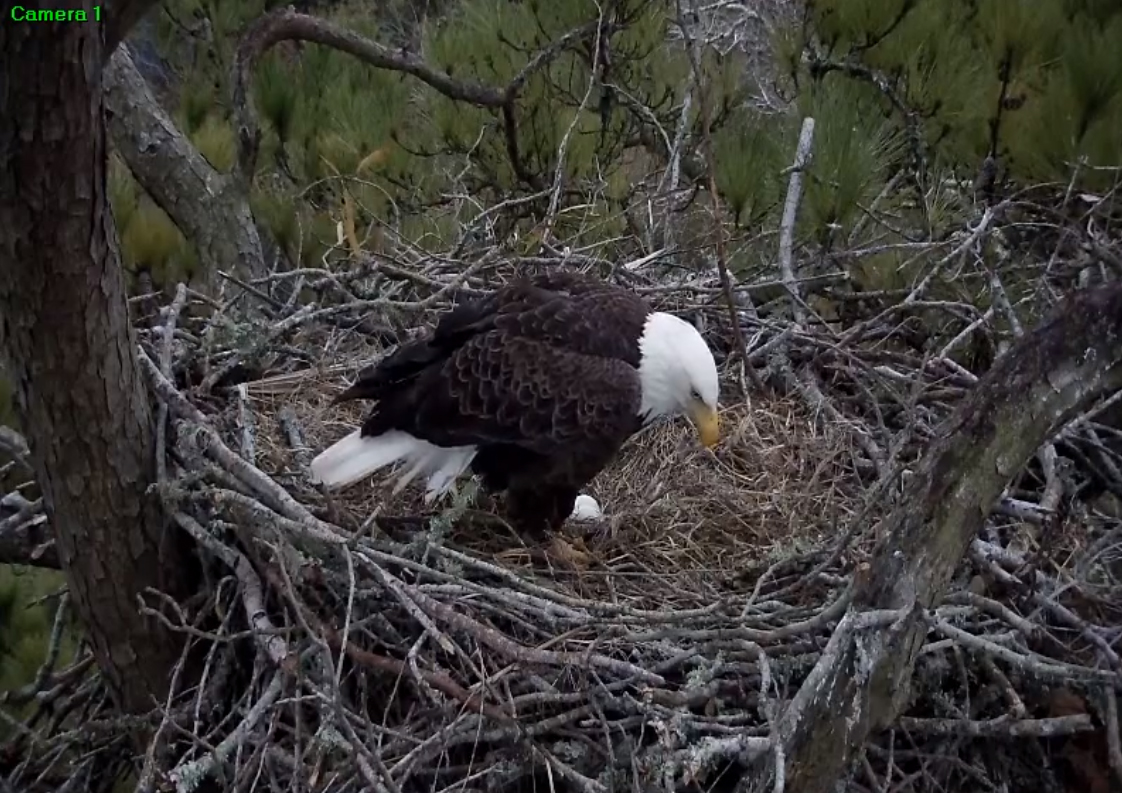Unless you’re a cattleman or a goat farmer, you may have wondered why calves and kids are born during the cold winter months. Are they on nature’s schedule or an economic one? In the Texas Agrilife Extension guide, “Choosing the Time of Year to Breed and Calve Beef Cows in Texas”, time of year can impact the growth of rate of a calf, for example. According to data, “high temperatures are very stressful on summer-born calves and will reduce their growth. Unless a producer retains ownership of summer-born calves to feed through the winter, the calves are unlikely to generate acceptable income.” In Countryside Daily, a goat farmer notes that “goat kids needed to be born in time to make weight at the fair, which meant they needed to arrive in December through February. So winter kidding became part of the routine.”
But what if humans aren’t making the birth schedule decisions? Do any wildlife, with their keen sense for survival, have babies when it’s so cold outside?
Yes, they do. And this is dedicated to those hearty wild souls and their winter offspring.
Black Bears
Black bear populations in Texas were decimated by unregulated hunting and trapping a century ago, but over the past few decades they have begun staging a comeback, moving back up from Mexico and in from adjoining states. They began settling in the Big Bend region but have also been sighted in East Texas, South Texas, and the Texas Hill Country. Black bear cubs are typically born in January or February, blind and weighing less than a pound, but snuggled away in a warm den. Two to three months later, the cubs emerge from the den with their mother in search of food.
Fox Squirrels
According to Texas Parks & Wildlife, about 90 percent of the squirrels in East Texas are gray squirrels. Gray squirrels breed throughout the year, but breeding peaks occur in July – September and December – February. The blind and naked kits (or kittens) are born 40 to 45 days later, so those bred in December and January could have a chilly welcome to the world but, like the bear cubs, they are also born protected from the cold either in the hollow of a tree or a cozy leaf nest.
Great Horned Owls
During breeding season, the Great Horned Owl can be found across Texas. They “start nesting in January, raising their families in the dead of winter,” says The Nature Conservancy. While the female keeps the eggs safe and warm, the male brings her food. Within a month, up to five owlets will hatch. They will leave the nest six weeks later and walk around and then, in another three weeks, they will have learned to fly.
Bald Eagles
Bald Eagles in Texas are divided into two populations: breeding birds and nonbreeding or wintering birds. According to Texas Parks& Wildlife, you can find the breeding population “primarily in the eastern half of the state and along coastal counties from Rockport to Houston.” The nonbreeding or wintering populations are located “primarily in the Panhandle, Central, and East Texas, and in other areas of suitable habitat throughout the state.” For the latter, “peak egg-laying occurs in December, with hatching primarily in January” when the eaglets are to the manor born. The Texas Breeding Bird Atlas describes their massive nests as “immense piles of sticks, branches and human debris placed in the crown of a large tree or on an inaccessible cliff ledge. They may be used year after year or alternatively with another nest. More material is added each year so structures may reach 2.4-3 m (8-10 ft) across and sometimes fall of their own weight.”
A man named Paul White in Webster, Texas, keeps a webcam on a nest first built by a Bald Eagle couple in 2013. They have returned every winter, including this one. You can see what’s happening in the nest on his Facebook page here. The eggs have been laid and the nest is massive, indeed, but they’re still fluffing it up with more sticks (sometimes to comical effect). Warning: Watching a Bald Eagle nest can be addictive.
Welcome to the world you wildlife winter babies.
Image, above, a screenshot from Paul White’s beautiful webcam feed.









